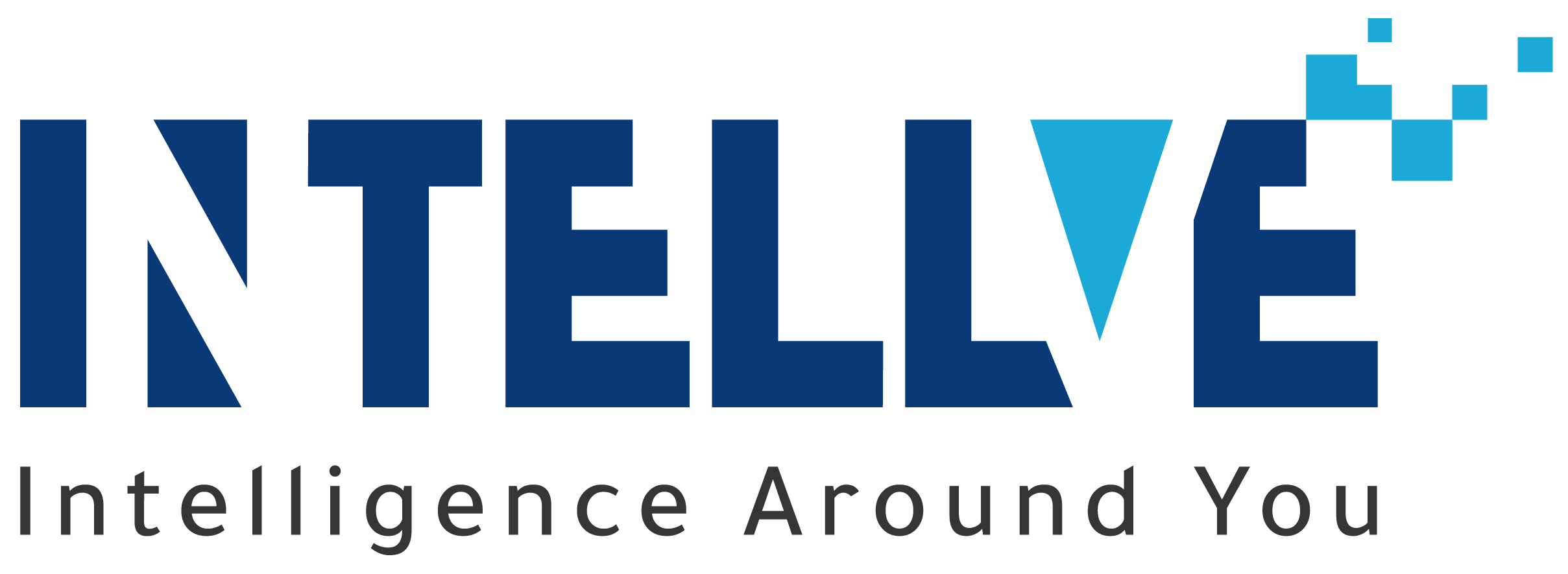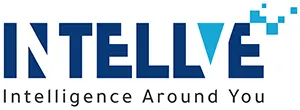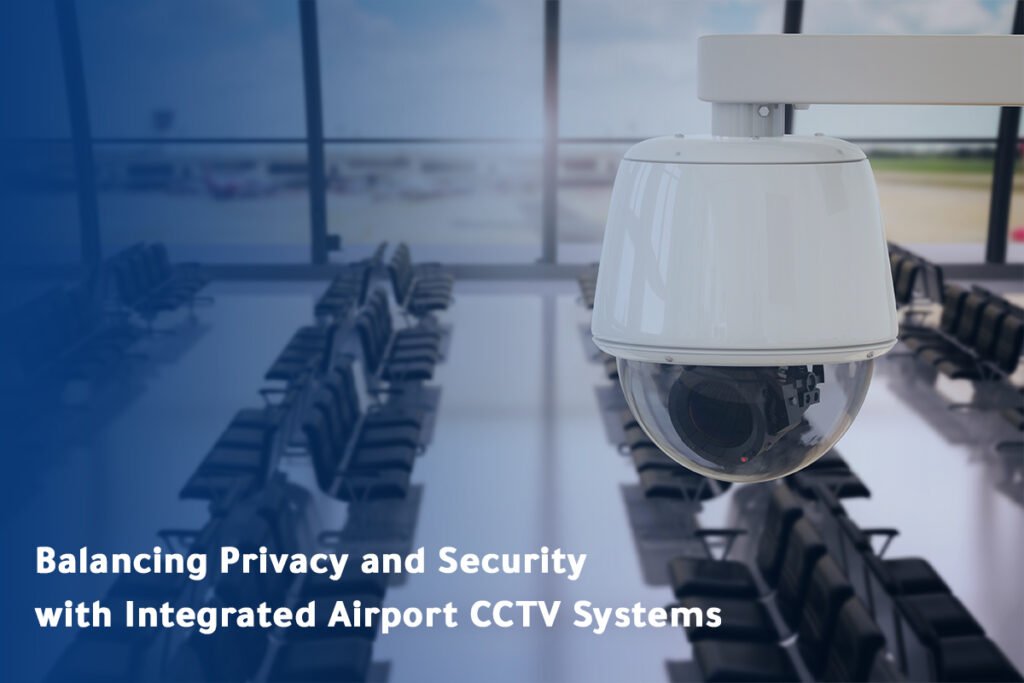Airports juggle a tricky mandate every hour of every day: move people quickly while keeping them safe and respecting their privacy. That is hard enough with a few terminals. Scale that to millions of passengers, multiple agencies, and older systems, and the challenge becomes real.
The answer is not just more cameras. It is a smarter design, better governance, and genuine integration across security tech. In other words, build airport CCTV systems that protect without overreaching, and prove that balance with transparent controls.
Start With the Mission, Then the Map
Before buying hardware, airports should define the outcomes. What risks matter most on the airside versus landside? Where do queues create blind spots for theft or tailgating? What privacy regulations apply in each zone? When leaders align on mission, it is easier to map the camera plan, analytics, retention policies, and user permissions. That map keeps teams honest when the environment changes, like a new contractor corridor or a pop-up check-in island.
Once the blueprint is clear, the integration story begins. Modern operations need clean, standards-based video surveillance integration that pulls live feeds, recorded footage, access events, and alert metadata into one pane of glass. When done right, dispatchers spend less time switching screens and more time responding. Done poorly, staff drown in tabs, and important signals vanish in noise.
Privacy by Design Is Not Optional
Travelers deserve dignity. So do employees. Good design honors both. That means placing cameras for legitimate security aims and choosing optics that fit the use case. Wide overviews in public halls. Tighter detail at doors and choke points. Clear signage that recording is in progress. Audit trails for who views or exports footage. Strong role-based access so only authorized staff can see sensitive scenes. With these controls, airport CCTV systems reduce risk while respecting people, and leaders can demonstrate compliance when auditors knock.
Masking and redaction features help as well. If legal teams need to share footage with third parties, automatic face or badge blurring protects identities that are not relevant to an incident. Add retention rules that delete video after defined periods unless footage is under investigation, and the privacy posture becomes both practical and defensible.
Bring Sensors Together, Not Just Cameras
Cameras are only one layer. The bigger gains arrive when doors, credentials, and alarms speak the same language as video. If a badge opens a secure door after hours, the system should automatically pull nearby camera views. If a door is held or forced, the operator should see a timeline with clips, cardholder details, and a prompt to dispatch. That is the value of blending visual evidence with airport access control data. No hunting. No guessing. Just context that accelerates decisions.
The same idea applies to the apron and in baggage halls. Motion analytics can flag restricted-area movement after hours. Queue analytics can spot developing congestion. When these detections flow into the same console, operators act faster and supervisors get heat maps that improve staffing and layouts over time.
From Legacy Islands to Unified Platforms
Most airports inherit a mosaic of vendors. Replacing everything at once is rarely feasible. A smart path is to wrap what exists with a standards-based layer, then migrate in phases. Start with core VMS upgrades, then federate terminals so operations can route incidents anywhere without complex VPN setups. Add modern recorders that support analytics at the edge. Pull in intercoms and PA alerts. Only then, phase out the most brittle elements of old airport surveillance systems that cannot meet cybersecurity or uptime requirements.
Cyber posture is part of the same story: segment security networks. Enforce MFA for operator logins and patch cameras and servers on a defined cadence. If the SOC can watch for configuration drift and failed logins, the video environment becomes another monitored asset rather than a quiet blind spot.
Analytics That Help, Not Hype
Airports are inundated with “smart” features. Choose ones that solve real problems, detecting slips and falls in crowded concourses. Wrong-way movement in sterile corridors. Crowd density near immigration triggers automated queue call-ups. License plate recognition at service gates tied to whitelists. These tools become powerful when they ride on clean video surveillance integration and arrive as prioritized tasks, not a flood of pop-ups. Start small, prove value, expand.
Avoid overreach. Do not collect attributes you do not need. Do not enable face watchlists unless policy and law clearly allow it, and community stakeholders understand the why. Public trust takes years to build and minutes to lose. Pragmatic analytics plus transparent governance is the better long game for airport surveillance systems in a busy world.
The End-To-End Picture
When everything hums, operations feel calmer. A bag left at a checkpoint triggers a bounded workflow. Cameras pivot or bookmarks pop. Officers get a clip on their device, approach with clarity, and the situation resolves. In the background, policy controls make sure footage is retained correctly and only the right people can view or export it. The technology disappears into the flow. That is the real promise of integrated airport CCTV systems and disciplined airport access control working side by side.
Conclusion: Make Privacy a Feature, Not an Afterthought
Airports do not need to choose between safety and dignity. They can design for both. Set clear goals, use the correct signals, make sure access controls are strict, and be honest about policy. Travelers will feel the difference, even if they never see the racks or dashboards.
If you are ready to modernize without starting from scratch, Intellve can help. We unify cameras, sensors, and alarms into one operational view, layer privacy-first controls on top, and tune workflows so teams move faster with less noise. Let’s build a smarter, safer terminal together. Talk to us at Intellve about privacy-first security that scales with you.



